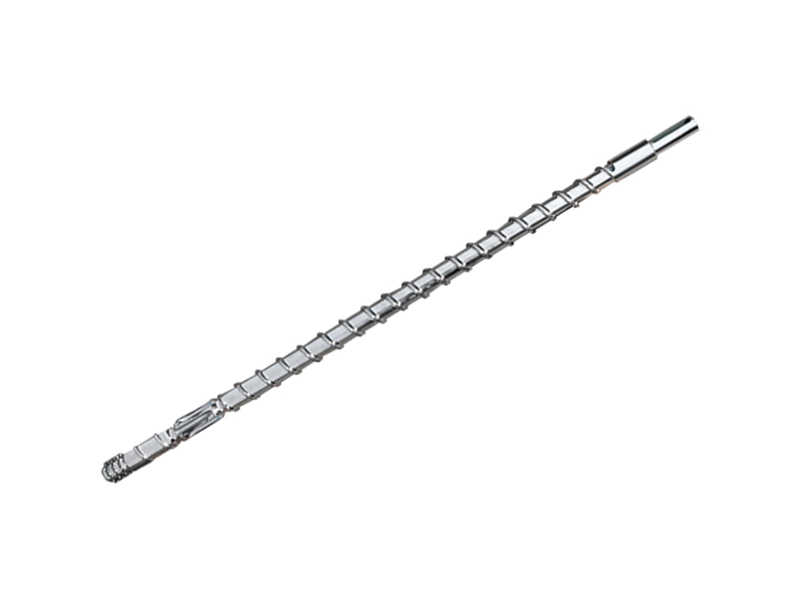

The combined working quality of the two parts of screw […]
The combined working quality of the two parts of screw and barrel has an important influence on the plasticization of materials, the quality of products and the production efficiency. Their work quality is related to the manufacturing accuracy and assembly clearance of the two parts. When the two parts are severely worn and the output of the extruder drops, the screw and barrel should be repaired.
1. Causes of damage to the screw and barrel
1. The screw rotates in the barrel, and the friction between the material and the two causes the working surface of the screw and the barrel to gradually wear: the diameter of the screw gradually decreases, and the diameter of the inner hole of the barrel gradually increases. In this way, the matching diameter gap between the screw and the barrel increases a little as the two gradually wear. However, because the resistance of the head and the splitter plate in front of the barrel has not changed, this increases the leakage flow of the extruded material when it advances, that is, the amount of material flowing from the diameter gap to the feeding direction increases. As a result, the output of the extruder decreased. This phenomenon increases the residence time of the material in the barrel and causes the material to decompose. In the case of polyethylene, the hydrogen chloride gas produced by decomposition strengthens the corrosion of the screw and barrel.
2. If there are fillers such as calcium carbonate and glass fiber in the material, it can accelerate the wear of the screw and barrel.
3. Because the material is not plasticized uniformly, or metal foreign matter is mixed into the material, the torque of the screw is suddenly increased. This torque exceeds the strength limit of the screw and the screw is twisted. This is an unconventional accident damage.
2. Screw repair
1. The twisted screw should be considered according to the actual inner diameter of the barrel, and the outer diameter deviation of the new screw should be given according to the normal gap with the barrel.
2. After the surface of the thread with the reduced diameter of the worn screw is treated, it is thermally sprayed with a wear-resistant alloy, and then ground to size. This method is generally processed and repaired by a professional spraying factory, and the cost is relatively low.
3. Overlay welding of wear-resistant alloy on the threaded part of the worn screw. According to the degree of screw wear, surfacing welding 1~2mm thick, and then grinding the screw to size. This wear-resistant alloy is composed of materials such as C, Cr, Vi, Co, W, and B to increase the wear resistance and corrosion resistance of the screw. Professional surfacing factories have high costs for this kind of processing. Except for special screws, they are rarely used.
4. Hard chromium plating can also be used to repair the screw. Chromium is also a wear-resistant and corrosion-resistant metal, but the hard chromium layer is easier to fall off.
